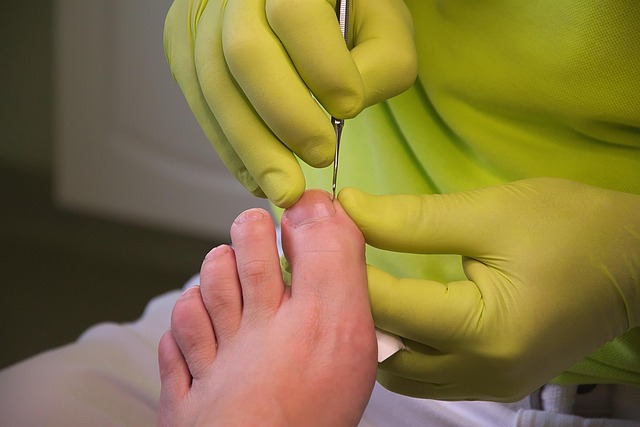Rewiring Your Mindset: The Role of Neuroplasticity in Wellness
Neuroplasticity—a word that once belonged solely in the realm of neuroscientists—has now become a buzzword in the wellness sphere. Why? Because it represents our brain's remarkable ability to change, adapt, and essentially rewire itself. This feature is becoming increasingly recognized as a powerful tool in the pursuit of holistic health and wellness.

Neuroplasticity: A Brief History and Key Developments
Neuroplasticity is a term that was first used in the 1940s by Polish neuroscientist Jerzy Konorski. However, the idea that our brains could change was seen as controversial until the late 20th century. For centuries, it was believed that once the brain was fully developed, it was a static, unchanging organ.
However, thanks to technological advancements like neuroimaging, scientists have discovered that our brains are indeed malleable, constantly adapting and changing throughout our lives. This has revolutionized our understanding of the brain and sparked new research into how we can harness neuroplasticity for health and well-being.
The Emerging Trend of Harnessing Neuroplasticity
Today, neuroplasticity is a trending topic within the health and wellness community. Experts suggest that understanding and harnessing this feature of our brains could be key to improving mental health, managing stress, and even slowing cognitive decline.
Research supports these claims. Studies have found that activities like meditation, cognitive therapy, and even physical exercise can induce positive changes in our brain structure and function. This has led to the development of new, non-invasive treatments for mental health disorders and cognitive decline, such as neurofeedback and transcranial magnetic stimulation.
The Science and Potential of Neuroplasticity
The potential of neuroplasticity is immense, but it’s not without its challenges. The brain’s ability to change can be a double-edged sword. While it allows us to learn, adapt, and heal, it can also lead to maladaptive changes, such as chronic pain or addiction.
That’s why it’s crucial to understand the science behind neuroplasticity and how to use it safely and effectively. For instance, while neurofeedback and transcranial magnetic stimulation show promise, these treatments should be used under the guidance of a qualified healthcare professional.
Insightful Facts about Neuroplasticity
-
Neuroplasticity is a lifelong process. It doesn’t stop when we reach adulthood; our brains continue to change and adapt throughout our lives.
-
There are two primary types of neuroplasticity: structural and functional. Structural neuroplasticity refers to physical changes in the brain, such as the growth of new neurons. Functional neuroplasticity refers to changes in how the brain works.
-
Our lifestyle can influence neuroplasticity. Regular physical exercise, a healthy diet, adequate sleep, and mental stimulation can all promote positive brain changes.
-
Neuroplasticity can both help and hinder us. While it allows our brains to adapt and learn, it can also lead to negative changes if not managed correctly.
Embracing the Power of Neuroplasticity
The realization that our brains can change throughout our lives is empowering. It gives us the tools to improve our mental health, manage stress, and promote overall well-being. By understanding and harnessing neuroplasticity, we can take control of our brain health and, in turn, our overall wellness.
However, it’s essential to remember that neuroplasticity is a complex process and should be approached with care. Always consult with a qualified healthcare professional before starting any new treatment or wellness practice. With the right guidance, neuroplasticity can be a powerful tool in your wellness toolkit.
In conclusion, neuroplasticity represents a fascinating and promising area within health and wellness. By embracing this natural ability of our brains, we can take proactive steps towards enhancing our mental health and overall well-being. The power to change our brains and our lives is, indeed, in our hands.




